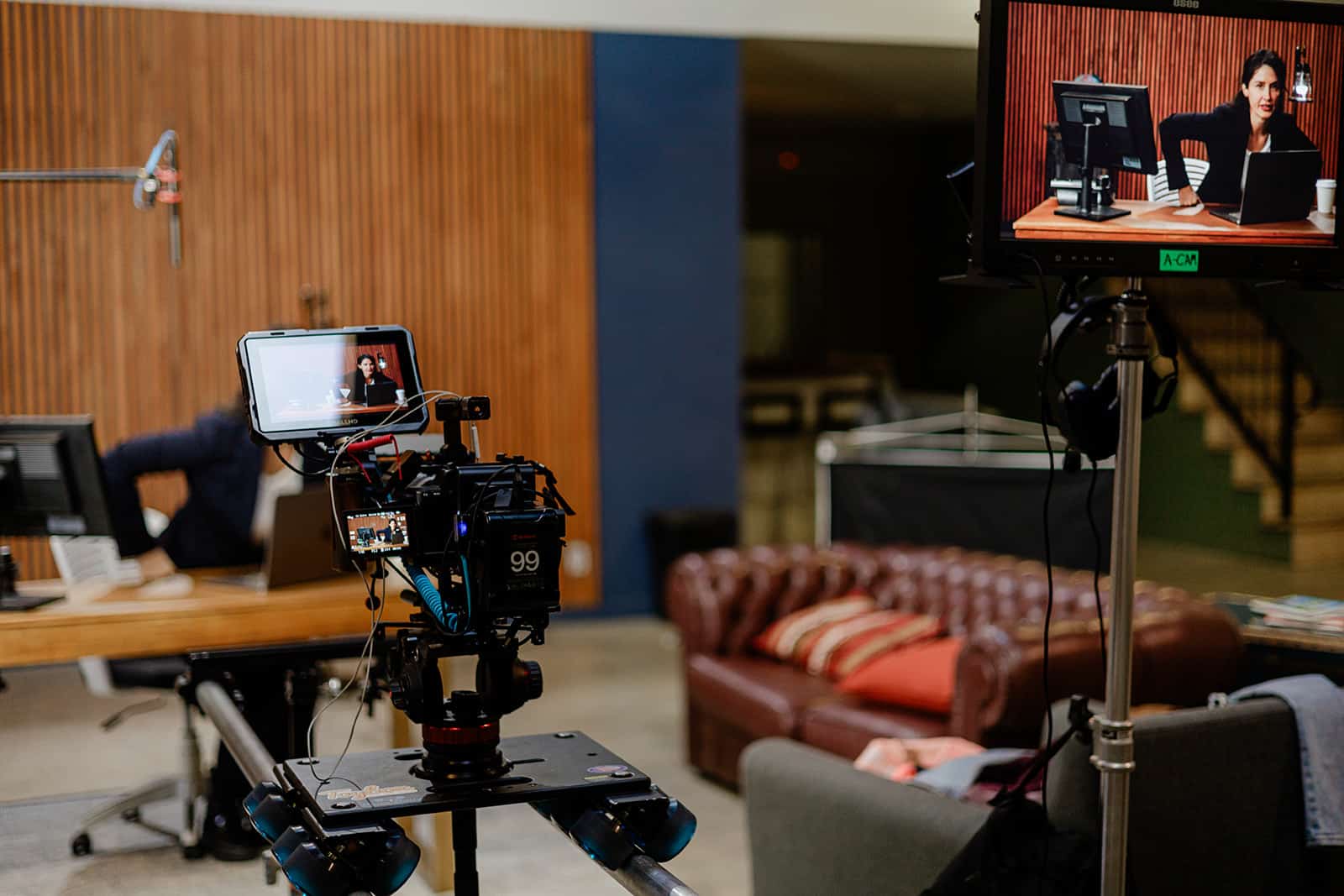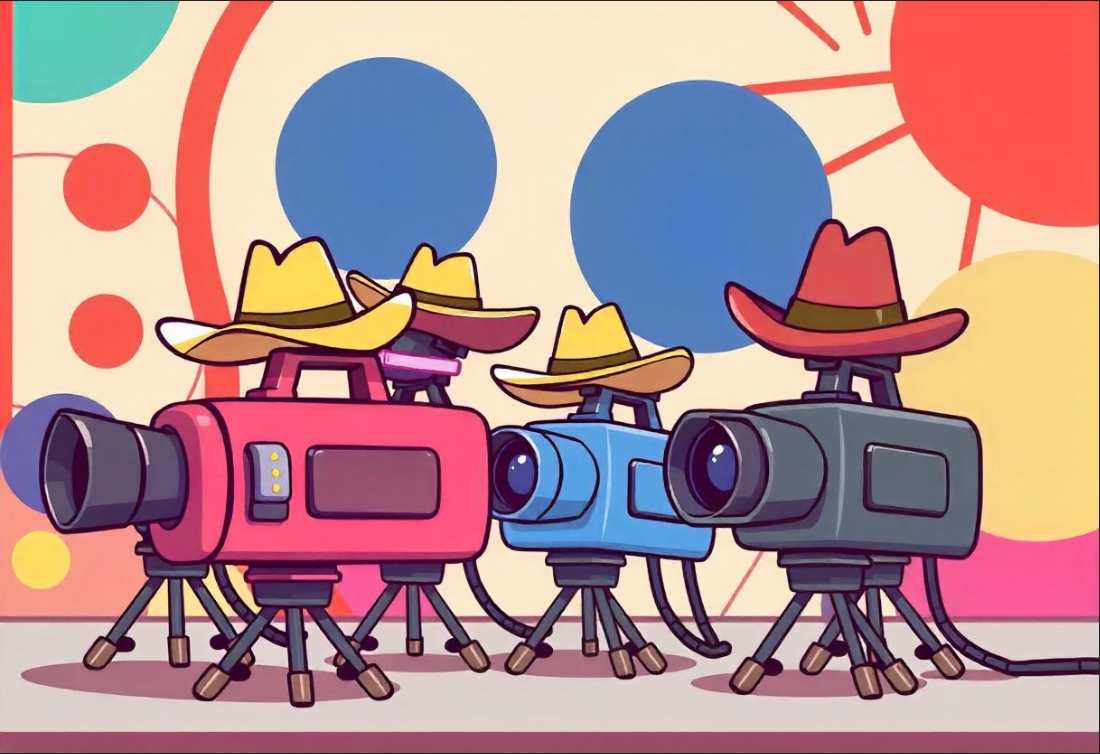It’s no secret that consumers now have a strong preference for video content. The rise of this marketing medium is changing the landscape of business drastically with each passing year. But that isn’t necessarily a bad thing. For marketers, video marketing provides a highly engaging and extremely shareable medium to engage audiences. Not to mention, its flexibility enables brands to reach prospects and consumers at different stages of the buyer’s journey.
Before we talk about maximizing profits through video, let’s look at a few trends that are reshaping the market in 2018.
- The top three most effective types of video content are customer testimonials (51%), tutorial videos (50%), and demonstration videos (49%)
- Videos placed on landing pages can boost conversion rates by 80%
- Brands that embrace video marketing see 34% higher conversion rates than those that don’t
- 82% of consumers have closed a tab or left a website because of video ads that play automatically
Marketers tend to focus all their efforts on the top of their sales funnel by creating content such as social media videos to raise brand awareness and do less for prospects at the bottom of the funnel who are so close to making a purchasing decision. That shouldn’t be the case. A video is what you might need to encourage consumers to convert. To be specific, content that builds brand loyalty is what you will need to close a deal. That might be why many marketers view customer testimonials as the most effective type of video content.
In this guide, we will help you understand the advantages of using customer testimonial videos. Here, you will also learn the best practices for creating one.
Why Make a Testimonial Video?
As already mentioned, customer testimonials help you build trust. You can do that by providing viewers a chance to hear from people who’ve faced the same problems as them and to learn about how your product or service can help them solve their dilemma. Based on that context, we can say that this type of video is best for the final stage of the buyer’s journey.
Keep in mind that, at this point in the customer’s journey, prospects are already aware of their problem and the solution they need to embrace. They’ve identified several possible options, but have yet to choose one. At this stage, they are still unsure about choosing your brand. Since testimonials offer a relatable story, this can easily be the final push that prospects need to convert into paying clients.
Creating an Impactful Customer Testimonial Video
Like other types of video content, customer testimonials need to be engaging. They need to interest viewers and encourage them to watch the entire clip. Above all else, it has to be relatable. If you want your video to boost conversions, you must sell with emotion.
Look at the guide below, and let it help you plan, produce, and launch a compelling video testimonial.
Step 1: Planning
This stage is the most crucial as it determines how your video production unfolds. Plan everything beforehand so you can remain on schedule, and you won’t need to go beyond your budget.
- Choose Your Interviewees Wisely
We get that starting a video production is an exciting endeavor and an exhausting one. Whatever the case may be for you, there’s a good chance you might want to jump right in and throw anyone you can think of in front of the camera. However, refrain from doing so. Be strategic about all of this so you won’t waste your prospects’ time or your own.
For customer testimonials, you have several options for an interviewee. One of those is a client who has realized a tangible result with your product. That includes empirical evidence of what they gained. When strong metrics are weaved into the story, you can sell products or services at the executive level.
Another type of customer you can ask to appear in front of the camera is an industry leader. If you can get a client who is well-known in your niche, it should add more value to the testimonial.
- Prepare the Questions
Before you roll the camera, prepare a set of questions and send them to your interviewees in advance. This way, you can determine the information you need from your clients, and map out your story ahead of time. As for your interviewees, they can prepare their answers, and you can both optimize production time.
Check out this video below to identify the kind of questions you need to ask during the interview.
- Scout Possible Locations
Are you going to film in your conference room? Is it going to be in a studio? Figure out where you’re going to shoot your video. Make sure all aspects such as the background, context, and overall composition are the best options for the kind of content you want to create.
Step 2: Video Production
This part’s probably the most exhausting, but it’s also the most exciting. If you don’t have your own team of professionals who can help you film your customer testimonial, you can always turn to a video production company for help.
Remember how we said that the planning stage was the most crucial? If you picked a team, selected your interviewees, made arrangements for the film location, and prepared the questions beforehand, your video production should go without a hitch.
Here are a few tips for filming a customer testimonial:
Step 3: Post-Production
The final stage is where you will weave everything you’ve done during production into one remarkable customer testimonial video. The interviews, audio, and soundtrack must blend together into a cohesive and movie-like experience.
- Keep It Short
Though consumers love watching videos, they won’t hit play on every single one they encounter. If they do, they still might not watch the entire thing. For that reason, you need to value the first few seconds of your video. Use that time to make a connection with consumers.
In the first 30 seconds of your customer testimonial, establish the identity of the subject. The next 30 seconds should focus more on the problem that they’ve encountered. Finally, the last few seconds should delve into the solution and show how your product or service solved the customer’s dilemma.
As for the length, it’s best if you keep the video under two minutes.
- Include Important Pain Points
Never forget the emotional sell. Leverage those pain points. This way, consumers can put themselves in the shoes of your interviewees and feel like they could be the person talking before the camera. This should encourage them to pursue the same solutions that the interviewees embraced to solve their problems.
- Tell the Story
When you’re editing the video, make sure that it remains 100% faithful to the interviewees’ answers. Though brief, the content must be compelling and informative. Make this experience remarkable for the viewer as it should convince them to purchase your offer.
Here’s an amazing example of a powerful testimonial video:
Once you’re all done with post-production, share the video on the appropriate channels. Make sure that the right prospects see your video, so you can finally close those deals. And don’t worry about the content that didn’t make it to your two-minute clip. That could easily be your next project. Keep those videos safe, and you should have enough material for a video blog, whitepaper, etc.
Remember all these tips, and you should be able to come up with a stellar testimonial video.
To jumpstart the process of creating an efficient video marketing plan for your business, contact us here.


Founder at LocalEyes Video Production | Inc. 5000 CEO | Emmy Award Winning Producer








